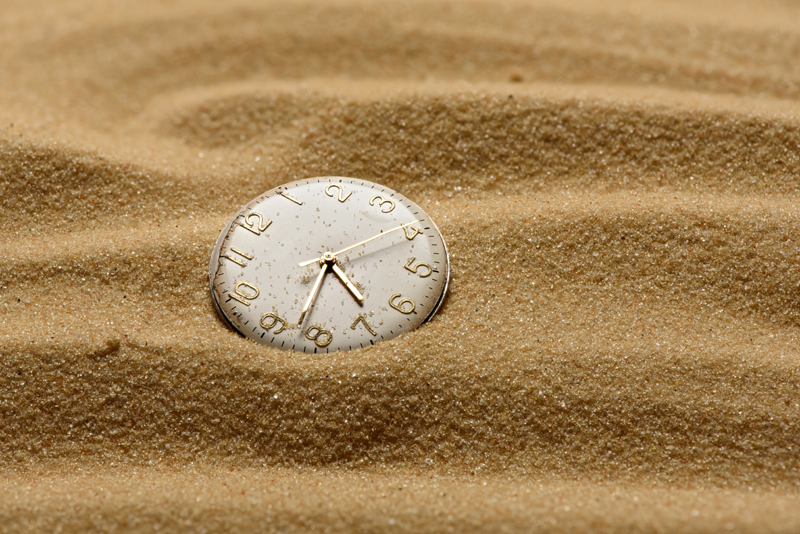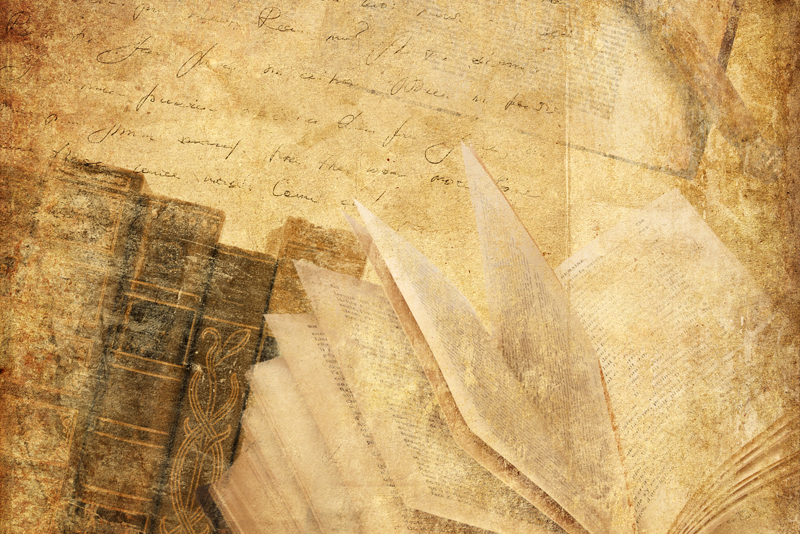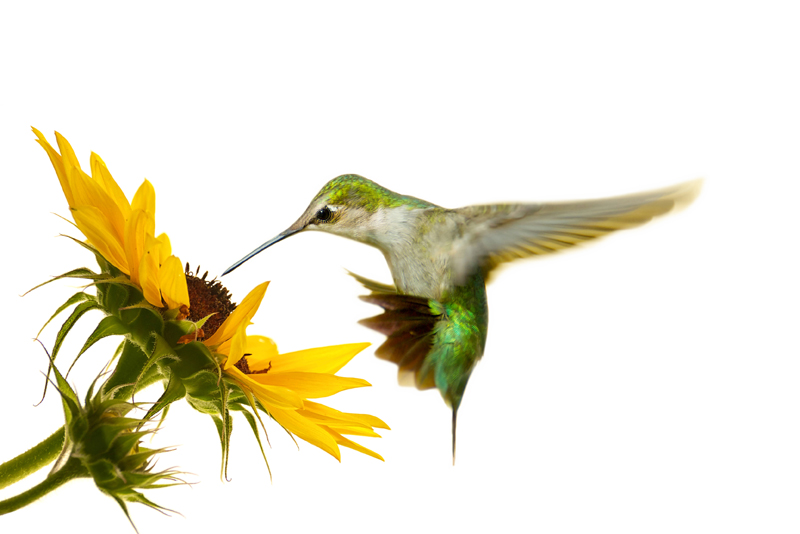Machine Patchwork

Patchwork assembled fabric is often made from squares or rectangles (hexagonal, circular, or triangular patchwork is beautiful and a challenge at the same time) and machine stitched together using only a straight stitch. The resulting fabric can be made into clothing, home décor accessories, traditional quilts, children’s toys and so much more.
Patchwork is unique in that it can evoke memories of sewing projects perhaps long forgotten; a young child’s dress, a once favorite flannel backed blankie, a much-loved soft toy, Christmas decorations of angels, stars, hanging bells, doves, or very functional potholders, oven mitts and table runners that brighten the kitchen. The sewer’s list of projects hopefully completed grows ever longer as does the remnant fabric pieces of those projects. All are reminders of friends and family get togethers, the change of seasons, and celebrated holidays.
The best fabrics for assembling a patchwork piece are those that do not fray much. Cotton fabric scraps are best to use as they are strong, color fast and have little shrinkage when washed. No longer needed clothing items can be cut into useable pieces (denim jeans are perfect examples), fabric remnants for sale in fabric stores yield surprising finds, old tablecloths or any fabric gathered from a variety of sources can be used to make patchwork.
Often just deciding how to cut up pieces of fabric into uniform size squares or rectangles and thinking about what design will emerge for a chosen project is part of the charm of patchwork. Creating a coordinated design or assembling the pieces randomly suggests a satisfying creative process at work.
When cutting many patches of equal size, it is helpful to use a rotary cuter and gridded cutting mat. Otherwise, a folding cardboard pattern cutting mat with marked grid lines for inches and centimeters and sharp dressmaking shears will work as well.
Once a fair number of patches are cut, it is useful to plan the design of the patchwork by spreading out the patches on a flat surface. Even a random design requires some pre-planning.
With right sides facing and machine stitching in a 1/4-inch seam, stitch the patches together into a strip the required length of the item to be made. Only straight machine stitching is required. Then, stitch the strips together, pressing open all seams or press all to one side.
Machine patchwork can be used the same way as fabric purchased on the bolt. Machine patchwork is quick and effective in using up small pieces of fabric to make a larger section of material and the cost is nearly negligible.
With all the many seams and cross seams patchwork produces, it is best to consider lining the resultant item to be made from the patchwork to avoid distortion of the patches. If a quilt, then add batting and backing and quilt using simple quilting stitching that will enhance the beauty of the patchwork.
Machine patchwork gives a nod to its traditional and humble roots, handsewn patchwork. Using a sewing machine is of course a fast and efficient way to assemble patches. Handsewn patchwork though, can be relaxing and rewarding as fine and close hand stitching can be accomplished while TV watching, conversing with friends or just focusing on the methodical rhythm of stitching. Both methods of creating patchwork are the ultimate in a sustainable way to recycle, reduce, and reuse planet resources in an environmentally responsible way.
Patchwork Projects from Pinterest.com
Sew happy, sew inspired.
Patchwork is unique in that it can evoke memories of sewing projects perhaps long forgotten; a young child’s dress, a once favorite flannel backed blankie, a much-loved soft toy, Christmas decorations of angels, stars, hanging bells, doves, or very functional potholders, oven mitts and table runners that brighten the kitchen. The sewer’s list of projects hopefully completed grows ever longer as does the remnant fabric pieces of those projects. All are reminders of friends and family get togethers, the change of seasons, and celebrated holidays.
The best fabrics for assembling a patchwork piece are those that do not fray much. Cotton fabric scraps are best to use as they are strong, color fast and have little shrinkage when washed. No longer needed clothing items can be cut into useable pieces (denim jeans are perfect examples), fabric remnants for sale in fabric stores yield surprising finds, old tablecloths or any fabric gathered from a variety of sources can be used to make patchwork.
Often just deciding how to cut up pieces of fabric into uniform size squares or rectangles and thinking about what design will emerge for a chosen project is part of the charm of patchwork. Creating a coordinated design or assembling the pieces randomly suggests a satisfying creative process at work.
When cutting many patches of equal size, it is helpful to use a rotary cuter and gridded cutting mat. Otherwise, a folding cardboard pattern cutting mat with marked grid lines for inches and centimeters and sharp dressmaking shears will work as well.
Once a fair number of patches are cut, it is useful to plan the design of the patchwork by spreading out the patches on a flat surface. Even a random design requires some pre-planning.
With right sides facing and machine stitching in a 1/4-inch seam, stitch the patches together into a strip the required length of the item to be made. Only straight machine stitching is required. Then, stitch the strips together, pressing open all seams or press all to one side.
Machine patchwork can be used the same way as fabric purchased on the bolt. Machine patchwork is quick and effective in using up small pieces of fabric to make a larger section of material and the cost is nearly negligible.
With all the many seams and cross seams patchwork produces, it is best to consider lining the resultant item to be made from the patchwork to avoid distortion of the patches. If a quilt, then add batting and backing and quilt using simple quilting stitching that will enhance the beauty of the patchwork.
Machine patchwork gives a nod to its traditional and humble roots, handsewn patchwork. Using a sewing machine is of course a fast and efficient way to assemble patches. Handsewn patchwork though, can be relaxing and rewarding as fine and close hand stitching can be accomplished while TV watching, conversing with friends or just focusing on the methodical rhythm of stitching. Both methods of creating patchwork are the ultimate in a sustainable way to recycle, reduce, and reuse planet resources in an environmentally responsible way.
Patchwork Projects from Pinterest.com
Sew happy, sew inspired.

Related Articles
Editor's Picks Articles
Top Ten Articles
Previous Features
Site Map
Content copyright © 2023 by Cheryl Ellex. All rights reserved.
This content was written by Cheryl Ellex. If you wish to use this content in any manner, you need written permission. Contact Cheryl Ellex for details.







